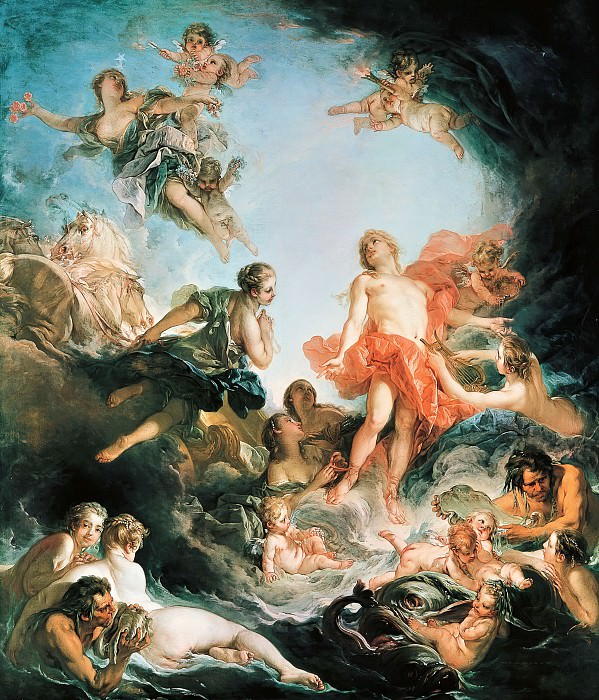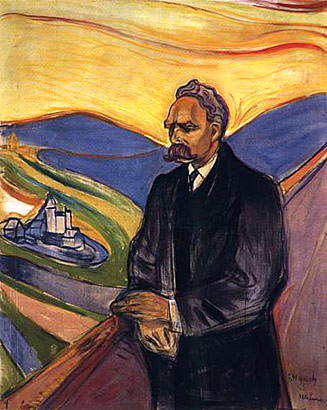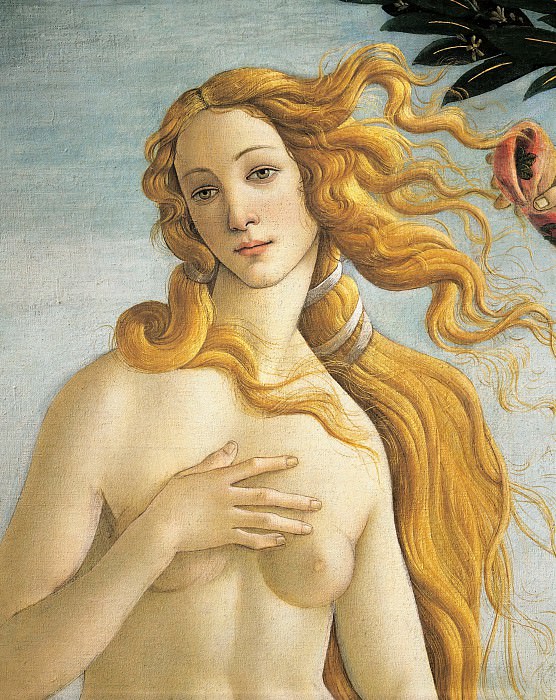Keith Haring: The Artistic Journey
Keith Haring, an iconic figure in the art world, is renowned for his vibrant and energetic works that seamlessly blended street art with high art. Born in Reading, Pennsylvania, on May 4, 1958, Haring moved to New York City in 1978, a place that would profoundly influence his art and career. His unique style and prolific output made him a significant figure in the 1980s art scene, and his legacy continues to inspire and captivate audiences worldwide.
Early Influences and Beginnings
Haring's fascination with art began at an early age, heavily influenced by the popular culture of the 1960s, including Dr. Seuss and Walt Disney. He developed a love for drawing and an understanding of the power of imagery. After graduating from high school, he enrolled in the Ivy School of Professional Art in Pittsburgh but soon found the commercial art curriculum uninspiring and left after two semesters.
In 1978, Haring moved to New York City to attend the School of Visual Arts (SVA). The vibrant street culture and burgeoning graffiti movement in the city had a profound impact on his artistic development. He immersed himself in the downtown New York art scene, where he befriended fellow artists such as Jean-Michel Basquiat and Kenny Scharf.
The Subway Drawings
One of Haring's most famous contributions to the art world is his subway drawings. Starting in 1980, he began drawing on empty advertising panels in subway stations with white chalk. These spontaneous, ephemeral works were accessible to the public, making art an everyday experience for New Yorkers. The subway drawings featured his signature motifs: radiant babies, barking dogs, and dancing figures, all executed with bold lines and rhythmic patterns.
Haring's subway art quickly gained attention, and he became known as the "subway graffiti artist." This period was crucial in shaping his approach to art as a form of public communication. His work was not confined to galleries but was part of the urban landscape, reaching a broad and diverse audience.
Iconic Imagery and Themes
Haring's art is characterized by its distinct visual language and recurring motifs. His use of bright, contrasting colors, bold lines, and dynamic compositions created a sense of movement and energy. Central to his work were themes of birth, death, sexuality, and social justice.
The "Radiant Baby," one of his most recognizable symbols, represents purity and potential. This motif, along with others like the "Barking Dog" and "Dancing Figures," became iconic representations of Haring's style. His work often contained social and political messages, addressing issues such as AIDS awareness, apartheid, and LGBTQ+ rights. Haring's commitment to activism was evident in his art, which he used as a tool for raising awareness and promoting change.
Haring's Art in Public Spaces
In addition to his subway drawings, Haring created numerous public murals and sculptures. His murals can be found in cities around the world, including New York, Paris, Berlin, and Melbourne. These large-scale works allowed him to reach an even wider audience and make a lasting impact on urban environments.
One of Haring's most famous public works is the "Crack is Wack" mural, painted in 1986 on a handball court in Harlem. The mural, which addresses the crack cocaine epidemic, remains a powerful example of his ability to blend art with social commentary. Another notable work is the "Tuttomondo" mural in Pisa, Italy, created in 1989. This vibrant, 180-square-meter mural features Haring's characteristic figures in a composition celebrating peace and harmony.
Commercial Success and Collaborations
Haring's art transcended traditional boundaries, and he successfully bridged the gap between street art and the commercial art world. He opened the Pop Shop in 1986, a retail store in New York City where he sold affordable art and merchandise featuring his designs. The Pop Shop was an extension of his belief in making art accessible to everyone, and it helped popularize his work on a global scale.
Haring also collaborated with numerous brands and artists, bringing his unique style to a variety of mediums. He worked with fashion designers like Vivienne Westwood and Jean-Charles de Castelbajac, as well as musicians such as Grace Jones and Madonna. These collaborations further cemented his status as a cultural icon and expanded the reach of his art.
Haring's Legacy and Impact
Keith Haring's career was tragically cut short when he died of AIDS-related complications on February 16, 1990, at the age of 31. Despite his brief life, his impact on the art world and popular culture has been profound and enduring. His art continues to resonate with new generations, and his influence can be seen in the work of contemporary artists and designers.
The Keith Haring Foundation, established in 1989, continues his legacy by supporting organizations that address issues such as AIDS research, children's programs, and arts education. The foundation also manages his estate, ensuring that his work remains accessible and his message continues to inspire.
The Timeless Appeal of Haring's Art
Keith Haring's art remains relevant and beloved for its boldness, energy, and accessibility. His ability to communicate complex themes through simple, universal imagery has given his work a timeless appeal. Whether through his early subway drawings, large-scale murals, or commercial collaborations, Haring's art reflects a deep commitment to social justice and a desire to connect with people from all walks of life.
His legacy is celebrated in exhibitions and retrospectives around the world, and his work is held in prestigious collections, including the Museum of Modern Art in New York, the Centre Pompidou in Paris, and the Albertina in Vienna. Haring's influence extends beyond the art world, impacting fashion, music, and popular culture.
Conclusion
Keith Haring's artistic journey is a testament to the power of creativity and the importance of making art accessible to all. His unique style, characterized by bold lines and vibrant colors, has left an indelible mark on the art world. Through his public works, commercial ventures, and activism, Haring demonstrated that art can be a force for change and a means of connecting with people on a profound level.
As we continue to celebrate his life and work, Keith Haring's art serves as a reminder of the enduring power of visual expression and the role of artists in shaping our world. His legacy lives on, inspiring future generations to create, engage, and make a difference.













